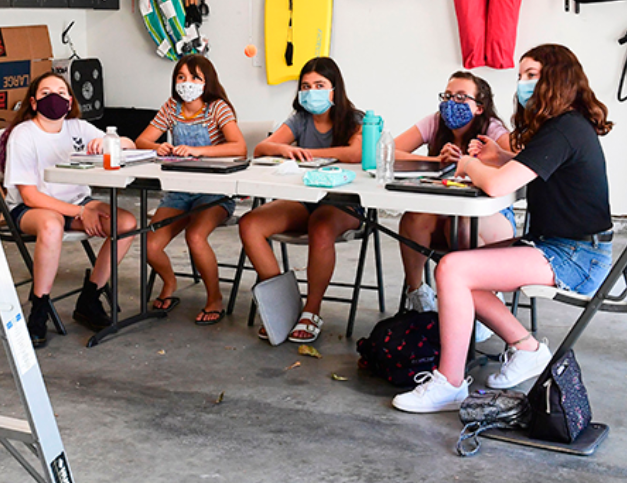
Editor’s note: This analysis from Alice Opalka, a research analyst with the Center on Reinventing Public Education, appeared today on The 74. It originally published on CRPE’s education blog, The Lens.
Over the past school year, the Center on Reinventing Public Education has tracked how pandemic learning pods evolved from emergency responses to, in some cases, small, innovative, and personalized learning communities.
This summer, as COVID-19 vaccinations increased, it seemed like the major impetus for these efforts was fading from view. We turned to our existing database of 372 school district- and community-driven learning pods to answer this question: How sustainable is the learning pod movement?
That question has taken on greater urgency as new, more transmissible variants of the virus raise new safety fears — especially for children too young to be vaccinated — and school systems explore options for families who remain hesitant to return to normal classrooms.
Our analysis found clear evidence that a little over one-third of the learning environments we tracked operated through the end of the school year. But we also identified promising evolutions of the original concepts that will continue into next school year. While, in the short term, most students will likely return to some sort of “normal” school model, the lessons of these small learning communities have the potential to persist in new ways.
Public school learning models changed considerably between our last update in February and the end of the school year. Though there were school districts that remained fully remote through the school year, by the end of the year most districts had added at least some in-person options which would, in theory, minimize the need for many of the learning pods in our database since many of them were designed to provide in-person support and internet connections to students who were learning remotely.
If pods continued after school districts resumed in-person instruction, that offers some evidence families valued the alternatives to traditional classrooms that they provided.
We found that 37% of all learning pods identified in the database operated through the full 2020-21 school year. Half of the pods were “unclear,” meaning there was no clear end date to the pod-like offerings, but also no clear indication they continued through the end of the year. Only 12% had definitively closed at some point before the end of the year.
It’s possible that many of the “unclear” pods also ceased school-day support but never updated their websites or social media to make the announcement.
To continue reading, click here.


